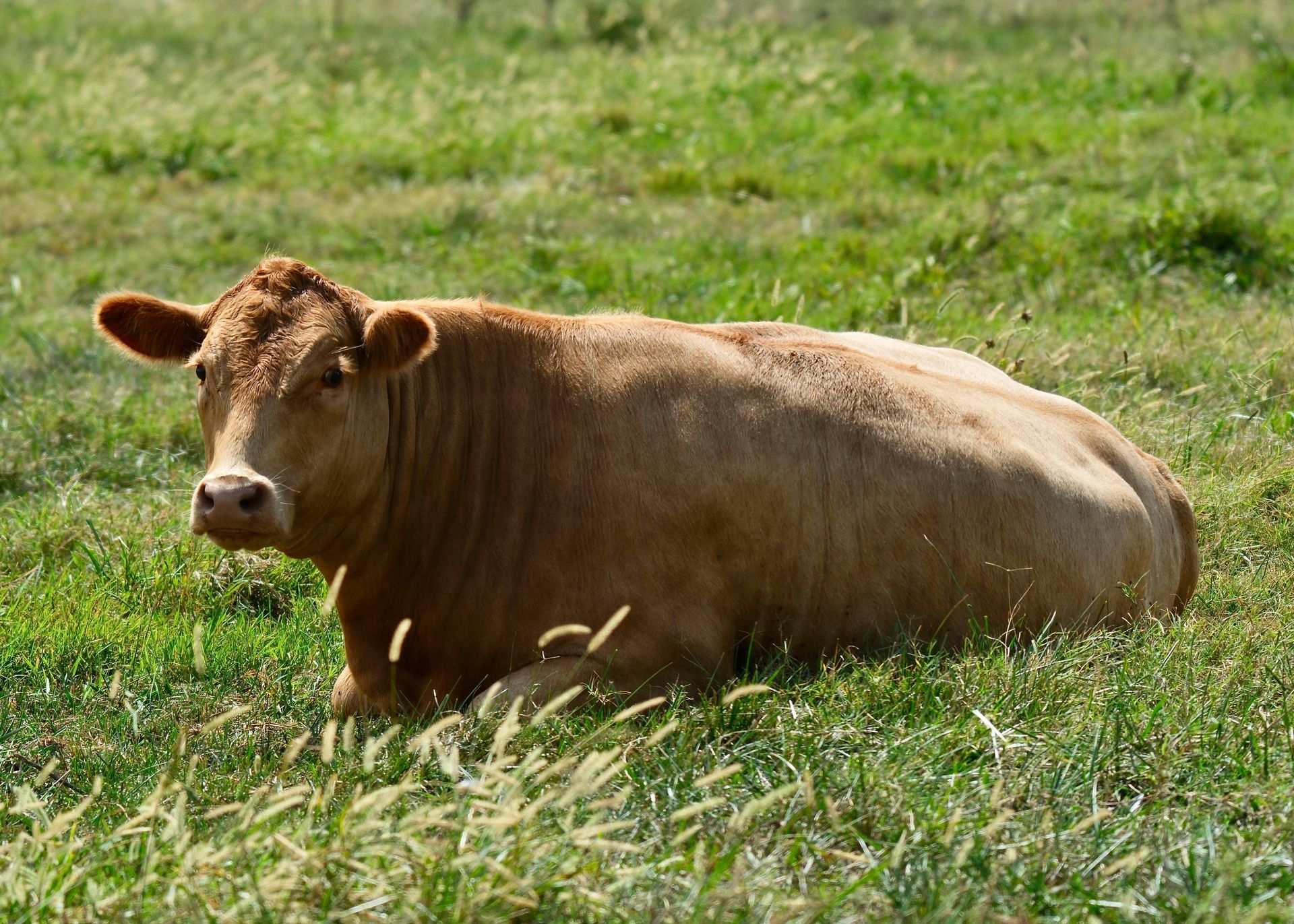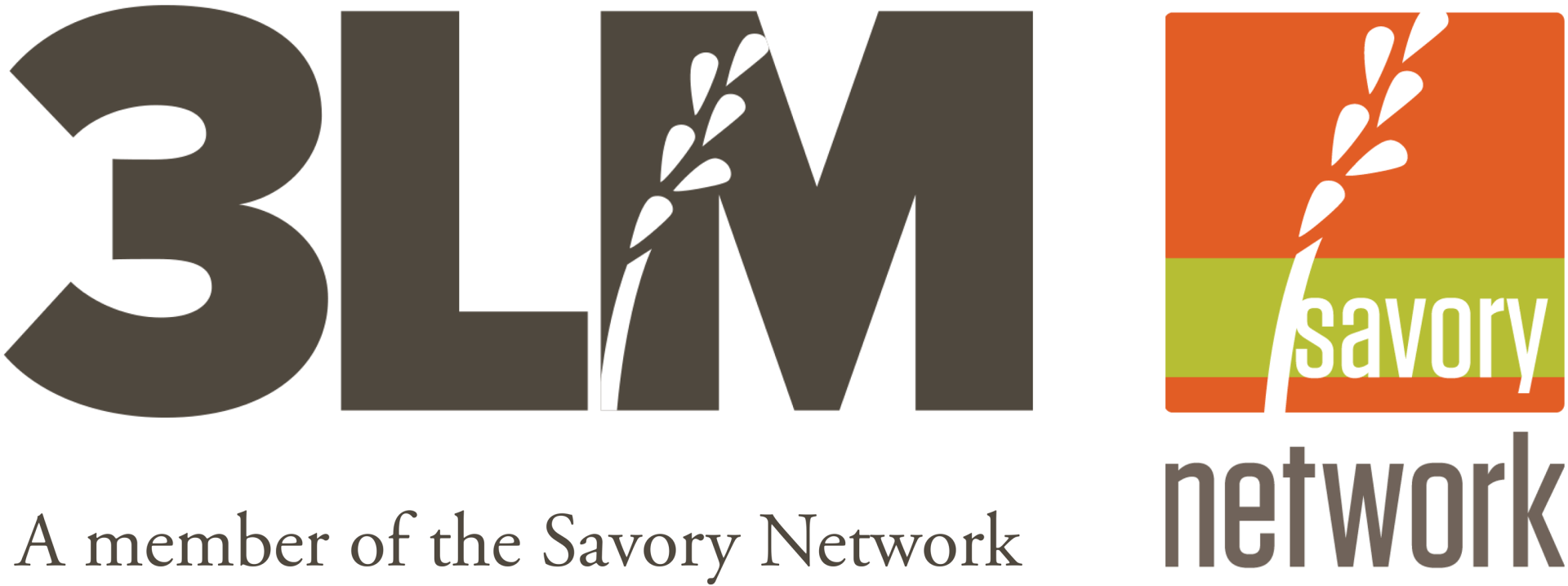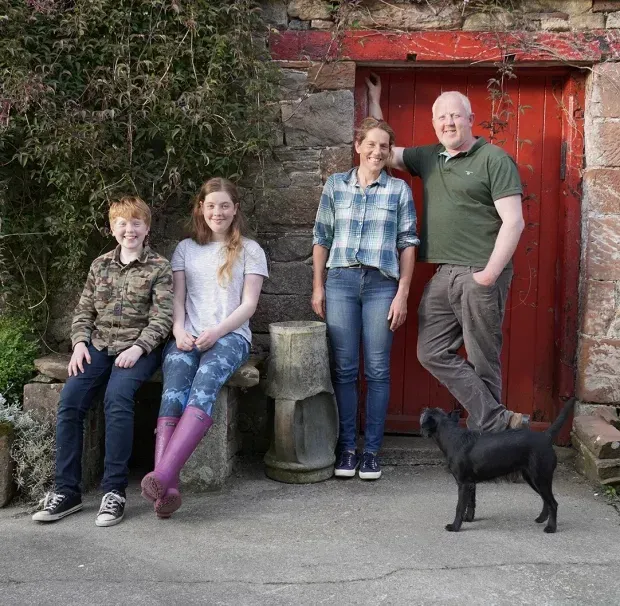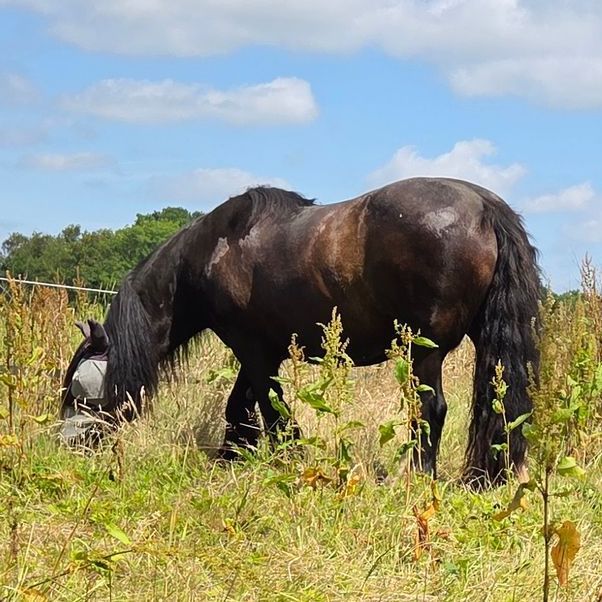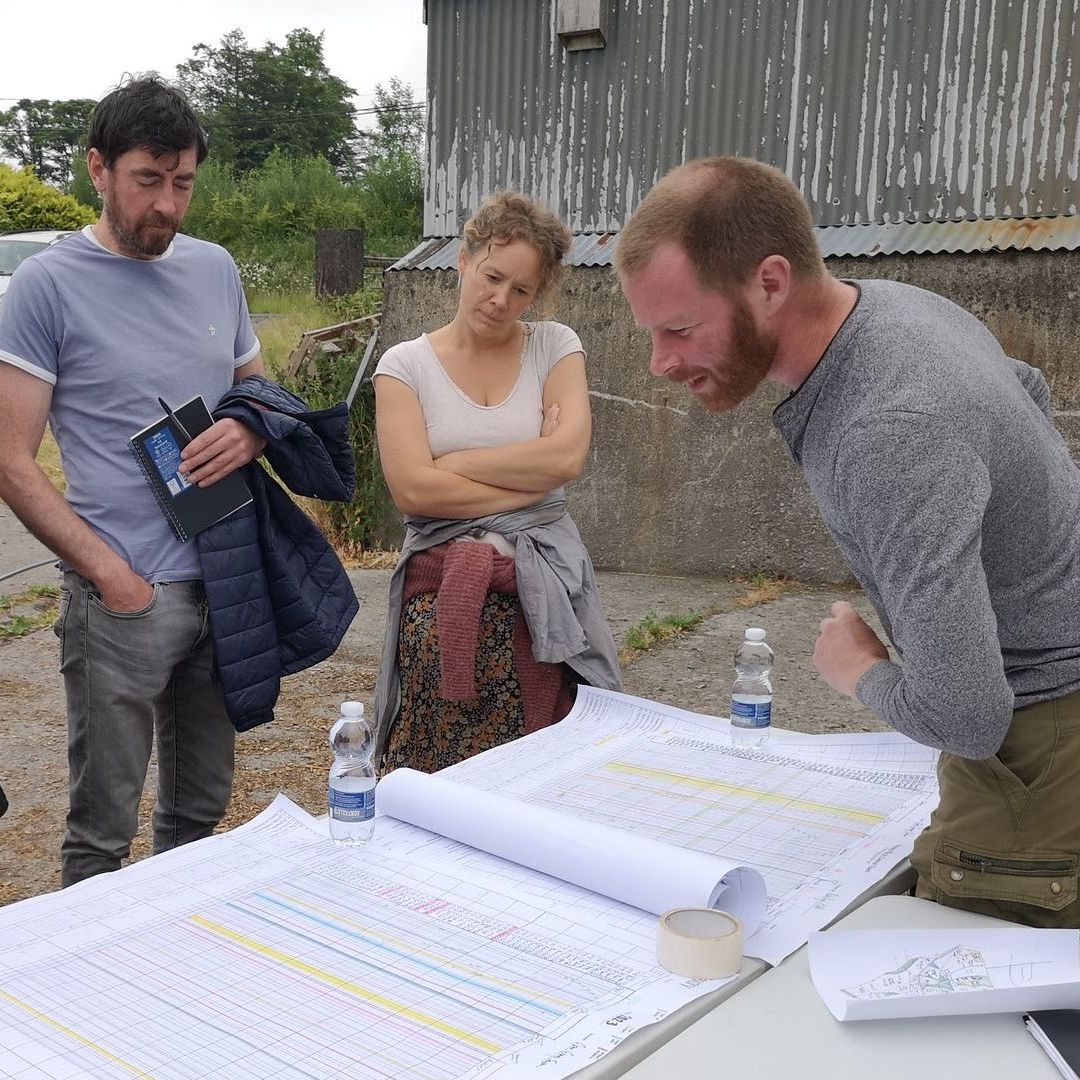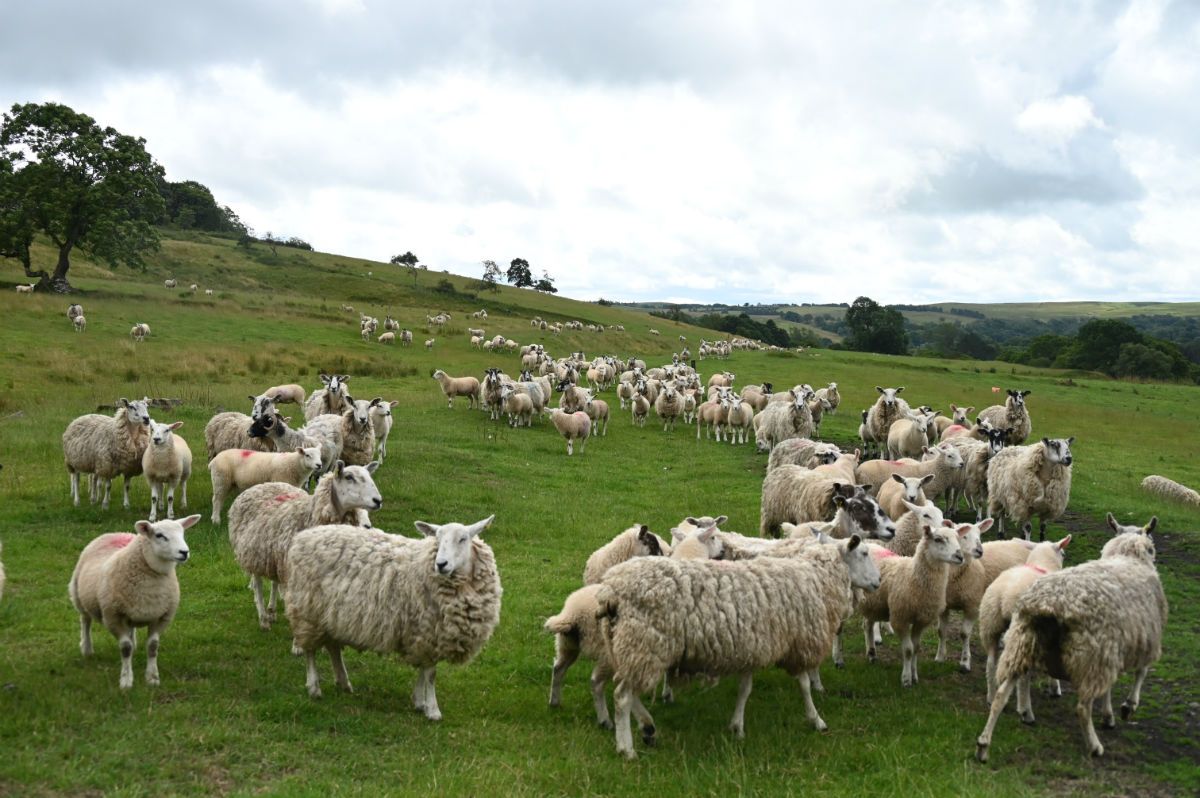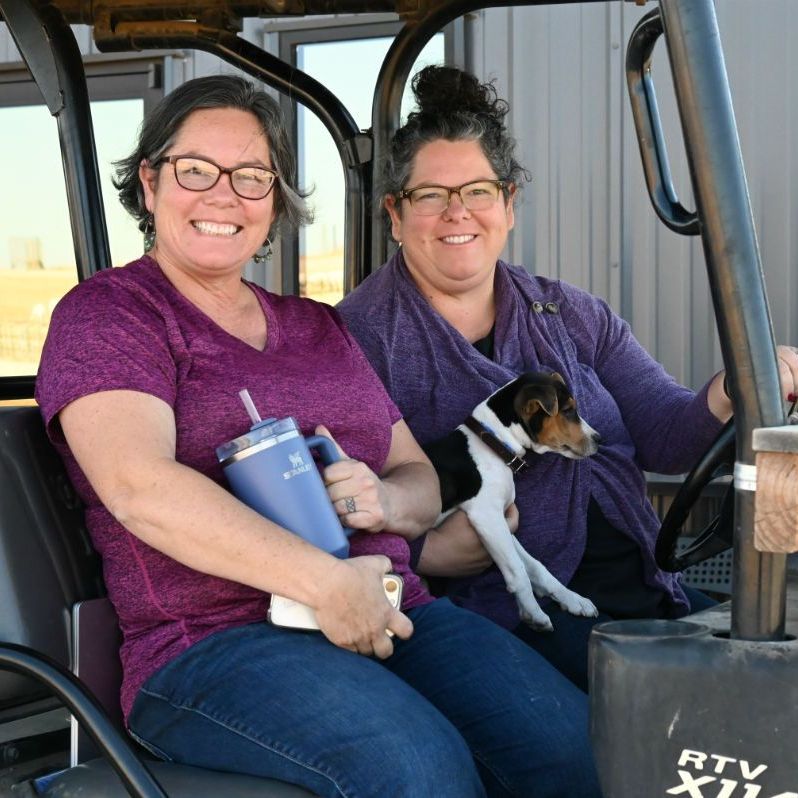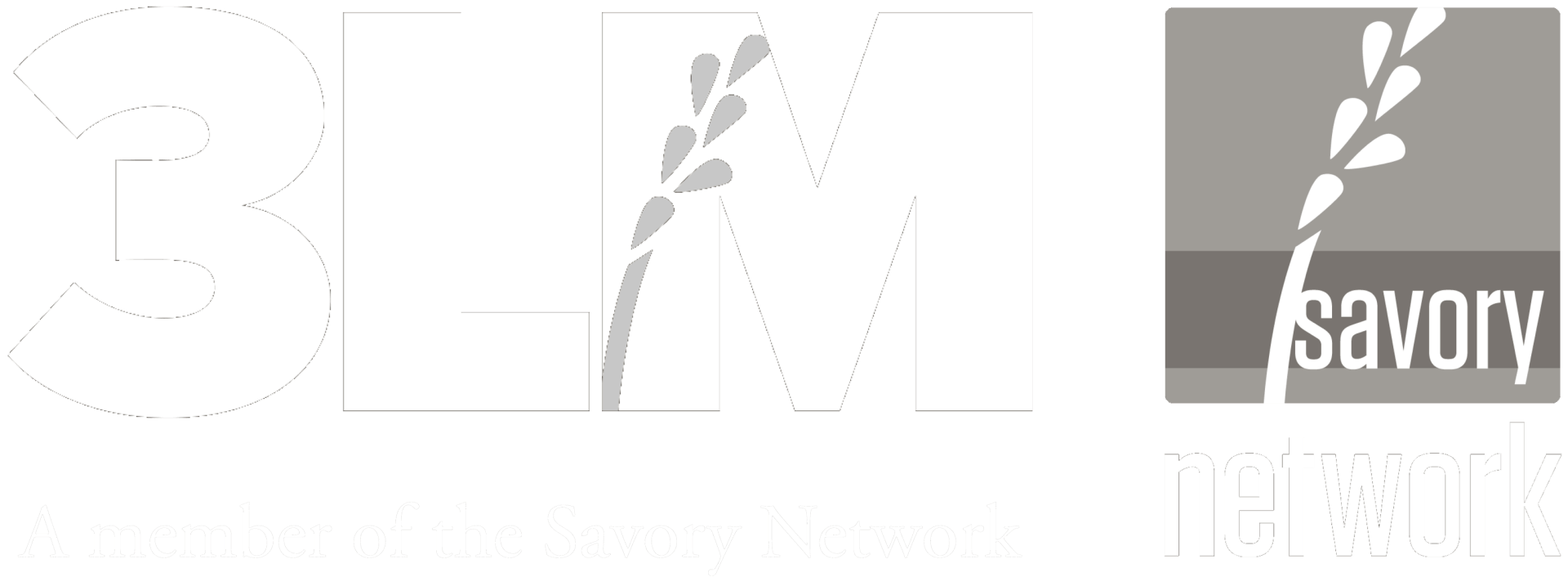Wool: A gift from the elements
How sunlight gives us fibre
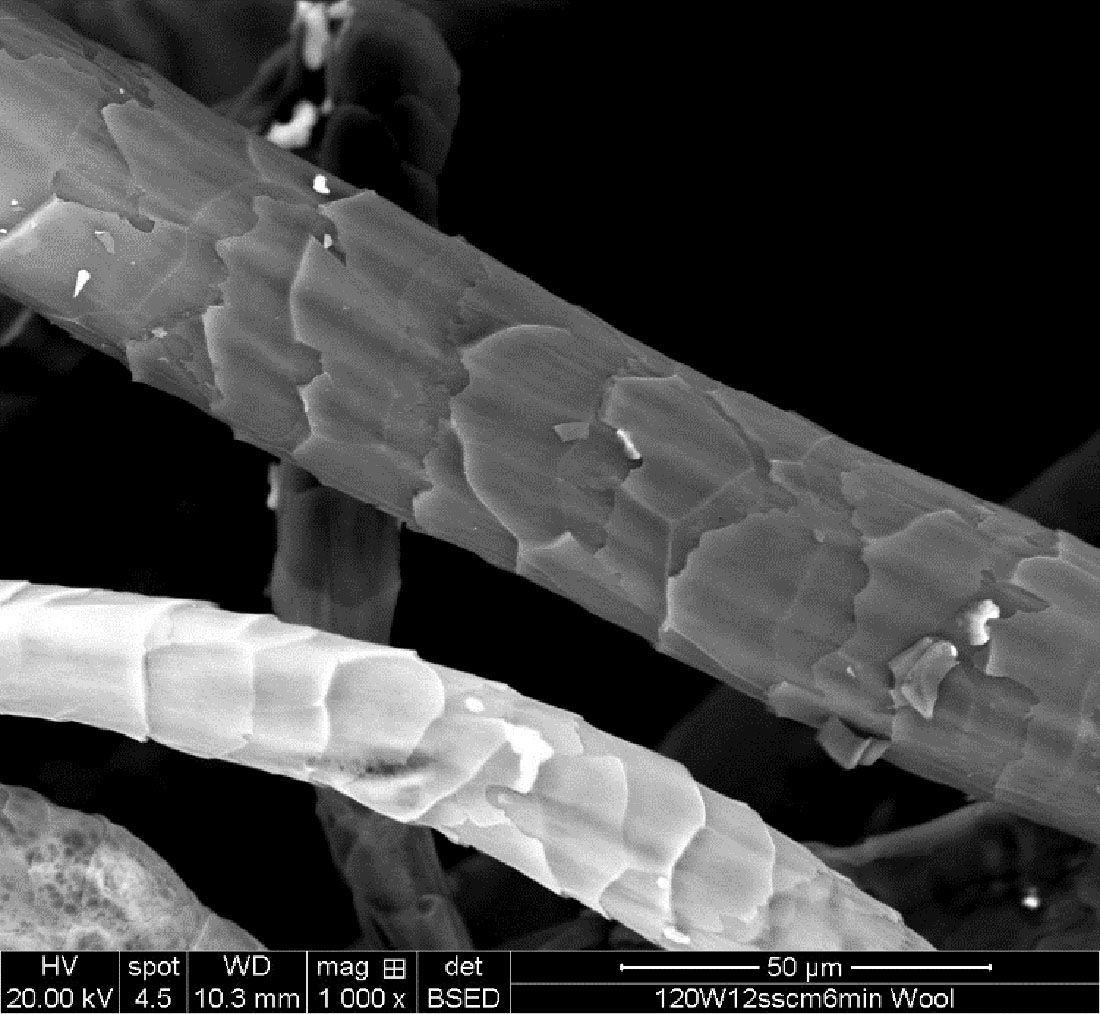
Image: A scanning electron microscope image of wool strands
Truly Circular Fashion
Wool is a remarkable substance, a natural fiber with properties that synthetic materials struggle to replicate. It is soft yet strong, warm yet breathable, resilient yet biodegradable, and it is produced without industrial processing or chemical intervention. Instead, it emerges from the alchemy of sunlight, rain, soil, plants, and sheep—a perfect harmony of biological and elemental processes.
Keratin, mostly.
At its core, wool is composed of keratin, the same structural protein found in human hair, nails, and animal hooves. Its key elements—carbon, hydrogen, oxygen, nitrogen, and sulfur—are drawn from the environment through a process so elegant and self-sustaining that it feels almost magical.
The presence of sulfur is particularly significant, as it forms disulfide bonds that give wool its elasticity, strength, and natural crimp. This crimp creates tiny pockets of air within the fiber, making wool an exceptional insulator while also allowing it to wick moisture away from the body. Trace minerals such as zinc, copper, iron, and selenium also play a role, supporting both the sheep’s health and the integrity of the wool they grow.
It starts with the sun
The journey of wool begins with something as simple and fundamental as sunlight. Through photosynthesis, grasses, legumes, and other pasture plants capture the sun’s energy, converting it into biomass using carbon dioxide from the air and water from the soil. These plants store minerals drawn up from the earth—nitrogen, phosphorus, sulfur, and other trace elements—and weave them into their tissues. Some, like clover, work symbiotically with nitrogen-fixing bacteria to enrich the soil, making it even more fertile.
Transformed by sheep
Sheep, grazing on this pasture, are the next link in this chain of transformation. Their highly specialized ruminant digestive system, powered by an astonishing diversity of gut microbes, allows them to break down the fibrous plant material that humans cannot digest. The cellulose and proteins found in pasture plants are metabolized into the building blocks of wool. As the sheep absorb these amino acids and minerals, their bodies use them to synthesize keratin, which is then extruded as wool fibers through the hair follicles.
This process is an exquisite example of nature’s closed-loop system, where everything is interconnected, and nothing is wasted. Rainfall nourishes the plants, the plants nourish the sheep, and the sheep, in turn, return nutrients to the land through their manure, replenishing the soil and ensuring that the cycle can continue indefinitely. In a holistically managed system there is no depletion—only renewal.
Regenerative fibre
In a regenerative system, this cycle is not just maintained but enhanced. Sheep are managed in ways that mimic the natural movement of grazing animals, ensuring that pasture is given time to rest and regrow. Their hooves help incorporate organic matter into the soil, improving its structure and water retention. Their manure acts as a natural fertiliser, stimulating microbial life in the soil. Over time, the land becomes more fertile, more biodiverse, and more resilient, able to hold more carbon, support more life, and withstand the stresses of drought and climate variability.
What is truly astonishing is that wool—this highly functional, luxurious fibre—can be harvested year after year without depleting the ecosystem that produced it. When sheep are well cared for, shearing is a natural and necessary process, relieving them of excess wool that would otherwise become a burden. Unlike so many human activities that strip the land of resources, a properly managed wool system gives back more than it takes. It regenerates the soil, builds fertility, increases biodiversity, and sequesters carbon in the land rather than emitting it into the air.
This is an awe-inspiring reality: we can wear and use a material that is entirely the result of natural cycles, powered by the sun, and endlessly renewable. Wool is not an extraction—it is an expression of abundance, of life unfolding in harmony with itself. With no inputs other than sunlight, rainwater, pasture, and sheep, we are gifted a fiber that keeps us warm, dry, and comfortable. It is not taken from the land; it is given by it, in the most elegant and sustainable way possible.
Perhaps most impressively, wool is entirely biodegradable, breaking down naturally in soil without contributing to pollution. Unlike synthetic fibres, which shed microplastics into waterways and persist in the environment for centuries, wool decomposes within months to years, returning its rich nitrogen content to the soil. This makes wool not only sustainable but also restorative, as it contributes to the natural cycle of life rather than disrupting it. Now that is circular fashion.
Real world example
To learn about how 3LM has transformed a heritage business of wool trading see our article here on HD Wool
